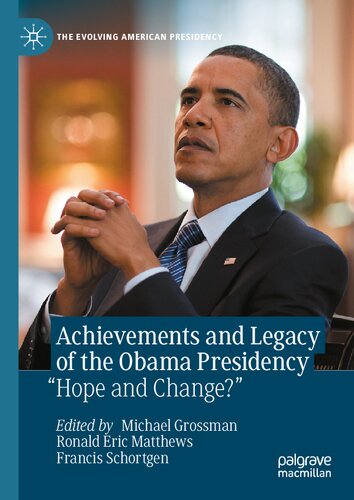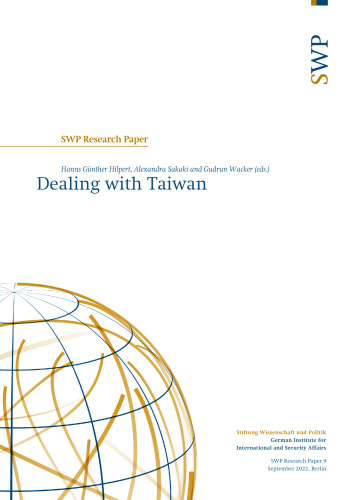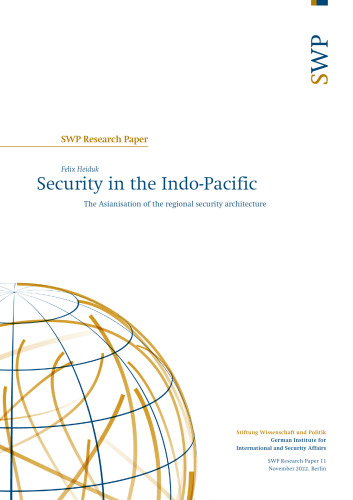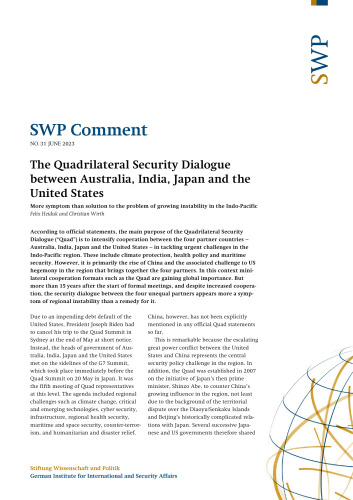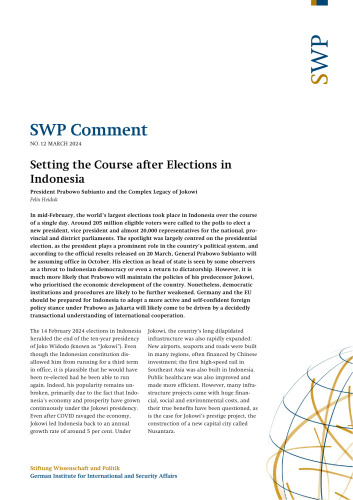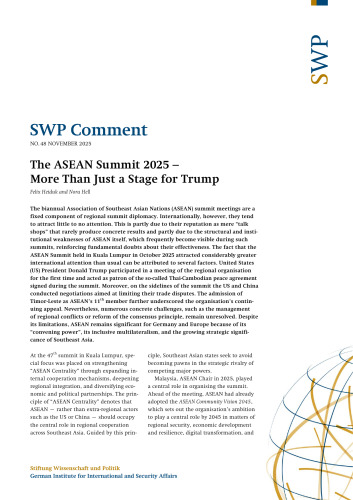The billionaire businessman who had never before held elected office shocked America and the world, defeating Hillary Clinton in an extraor- dinary rebuke to the nation’s political class after an ugly and divisive race that will go down as the most stunning upset in American history (Gold- macher and Schreckinger 2016). Trump’s campaign rhetoric was at times anything but civil as he referred to immigrants as rapists, Clinton as a crook noting she belonged in the Big House not the White House, the nation’s capital as the swamp, and the country as a whole needing to be made great again. His malicious attacks on the other 16 aspiring Repub- lican presidential candidates were tame compared to his rancorous daily assaults on the media and fake news. But perhaps the harshest attacks were reserved for the former President of the United States. Defying presiden- tial etiquette and presidential décor, Trump began an all-out assault on President Obama in the media calling him “the worst president, maybe in the history of our country” and suggesting that Obama had committed crimes worthy of death. Brick by brick, President Trump set out to tear down the work of his predecessor and made no excuses in doing so. And he wasted no time in swinging the sledgehammer. Consider the Trans-Pacific Partnership (TPP). Pushed hard by the Obama administration, the TPP was essentially an attempt to create a single market for the United States and 11 countries in the Asia–Pacific. The idea was to make goods flow more freely and cheaply between all partners—who together represented one-third of global trading—and 4 R. E. MATTHEWS ET AL. to thwart China’s expanding economic clout in the region. Painstak- ingly negotiated and developed during the Obama administration, Trump effectively scuttled the agreement on his third day in office, deriding the TPP as “another disaster done and pushed by special interests who want to rape our country...” (Popken 2017) and signing of executive order to pull the United States out of the agreement. And this was merely a prelude of things to come. On the same day President Trump also signed an executive order to reinstate the Mexico City Policy, a federal rule that denies federal funding to any non-governmental organizations (NGOs) that provide abortions in other countries. He then expanded the policy even further, banning the use of federal dollars for any form of health care that provides abortion. While the original policy saw such groups defunded of about $600 million, the expanded version cut nearly $9 billion worldwide (Gorka 2020). He then expanded the policy by banning the use of federal funds for any form of health care that provides abortion.
چکیده فارسی
تاجر میلیاردی که پیش از این هرگز منصب انتخابی نداشته است، آمریکا و جهان را شوکه کرد و هیلاری کلینتون را در یک توبیخ فوقالعاده برای طبقه سیاسی کشور پس از یک مسابقه زشت و تفرقهانگیز شکست داد که به عنوان خیرهکنندهترین ناراحتی در آمریکا خواهد بود. تاریخ (Gold-macher and Schreckinger 2016). شعارهای تبلیغاتی ترامپ در برخی مواقع چیزی جز مدنی بود، زیرا او از مهاجران به عنوان متجاوز به عنف یاد کرد، کلینتون به عنوان یک کلاهبردار اشاره کرد که او متعلق به کاخ بزرگ است نه کاخ سفید، پایتخت کشور به عنوان باتلاق، و کشور به عنوان یک کل باید ساخته شود. دوباره عالی حملات بدخواهانه او به 16 نامزد دیگر انتخابات ریاست جمهوری جمهوریخواه در مقایسه با حملات کینه توزانه روزانه او به رسانه ها و اخبار جعلی رام بود. اما شاید شدیدترین حملات به رئیس جمهور سابق ایالات متحده اختصاص داشت. ترامپ با سرپیچی از آداب ریاست جمهوری و دکور ریاست جمهوری، حمله همه جانبه ای را به پرزیدنت اوباما در رسانه ها آغاز کرد و او را «بدترین رئیس جمهور، شاید در تاریخ کشورمان» خطاب کرد و گفت که اوباما مرتکب جنایاتی شده است که در خور مرگ است. پرزیدنت ترامپ آجر به آجر تصمیم گرفت تا کار سلف خود را از بین ببرد و هیچ بهانه ای برای این کار نیاورد. و او هیچ وقت را برای تاب دادن پتک تلف نکرد. شراکت ترانس پاسیفیک (TPP) را در نظر بگیرید. تحت فشار شدید دولت اوباما، TPP اساساً تلاشی برای ایجاد یک بازار واحد برای ایالات متحده و 11 کشور در آسیا-اقیانوسیه بود. ایده این بود که کالاها آزادانه تر و ارزان تر بین همه شرکا - که با هم یک سوم تجارت جهانی را نمایندگی می کنند - و 4 R. E. MATTHEWS ET AL جریان یابد. برای جلوگیری از گسترش نفوذ اقتصادی چین در منطقه. ترامپ که در دوران دولت اوباما به شدت مذاکره و توسعه یافت، در سومین روز ریاستجمهوری خود، توافق را بهطور مؤثری خنثی کرد و TPP را بهعنوان «فاجعهای دیگر که توسط منافع ویژهای که میخواهند به کشور ما تجاوز میکنند انجام شده و تحت فشار قرار دادهاند، به سخره بگیرد...» (پاپکن 2017) و امضای فرمان اجرایی برای خروج آمریکا از توافق. و این صرفاً مقدمه ای برای اتفاقات آینده بود. در همان روز پرزیدنت ترامپ همچنین فرمان اجرایی برای بازگرداندن سیاست مکزیکوسیتی را امضا کرد، یک قانون فدرال که کمک مالی فدرال به سازمانهای غیردولتی (NGO) را که سقط جنین در کشورهای دیگر انجام میدهند، رد میکند. او سپس این سیاست را حتی بیشتر گسترش داد و استفاده از دلار فدرال را برای هر نوع مراقبت بهداشتی که سقط جنین را فراهم می کرد ممنوع کرد. در حالی که سیاست اولیه باعث کاهش حدود 600 میلیون دلاری این گروهها شد، نسخه توسعهیافته نزدیک به 9 میلیارد دلار در سراسر جهان کاهش داد (گورکا 2020). او سپس این سیاست را با ممنوع کردن استفاده از بودجه فدرال برای هر نوع مراقبت بهداشتی که سقط جنین را فراهم می کند، گسترش داد.
ادامه ...
بستن ...
10 R. E. MATTHEWS ET AL. Leonard Cutler follows up with an in-depth look at Obama’s coun- terterrorism strategy (especially in Afghanistan). The author argues that President Obama had high aspirations to achieve transformational change in Afghanistan including, but not limited to, a vision for a legitimate representative democratic state, using negotiations and diplomacy effec- tively, and providing military and economic assistance to reward as well as punish where and when needed. He notes that President Obama’s deci- sion to take out Bin Laden in 2011 was an example of a bold risky move which proved to be successful. However, beyond this one example, it is debatable as to whether Obama’s counterterrorism strategy and actions in Afghanistan can be considered transformational in light of President Trump’s situational responses to the situation there during the past four years. Cutler concludes that Obama was more pragmatic than ideological, and he was more task than relationship oriented in addressing the Afghan situation. Adopting a specific region focus, Wes Renfro and Marc O’Reilly examine Obama’s Middle East foreign policy. They note that whereas George W. Bush sought to expand U.S. influence within the Greater Middle East, Barack Obama curtailed Washington’s role in the region. Although the 44th president’s overall foreign policy mirrored, in many ways, that of the 2nd Bush term, skeptics deplored and even mocked Obama’s policies. Unfazed, Obama persisted with his policy of retrench- ment, which proved especially unpopular with America’s interventionists, whether conservative or liberal. Obama’s preference for a reactive posi- tion, with the United States in tow rather than in front, stunned and upset its Arab Gulf allies, which expected their primary benefactor and protector to continue taking on their rivals and enemies (e.g., Iran). Simply put, after years of futility in the Greater Middle East, Obama reversed the course of U.S. policy. Supporters touted the wisdom of this bold move; detractors underscored its shortsightedness. Christopher Dolan concludes the foreign policy section by exam- ining how President Obama’s combination of economic, diplomatic, and cultural engagement and military containment through a rebalance or pivot to the Asia–Pacific was designed to maintain America’s edge in the regional balance of power and keep China in check. The author notes that Obama sought to fundamentally recast U.S. foreign policy by down- grading the U.S. military presence in the Middle East and increasing U.S. domestic energy production and emphasizing a burden sharing strategy 2 ALMOST, MAYBE, KINDA, TRANSFORMATIONAL ... 17 hands, served as the undisputed base of the Democratic Party (Watten- berg and Scammon 1992: 63). In the post-1968 era, Democrats largely lost the rural populists and have struggled to maintain working class whites. For the Obama coalition to endure and govern in a sustained fashion, his successors must, as Joe Biden did, compensate for the loss of an old Democratic linchpin, rural populists by wooing another former hub of the party, working class whites. Without the former or the latter, the Obama coalition lacks the demographic heft to coalesce consistent majorities. These voters hold the key to Obama’s “transformational” legacy
ادامه ...
بستن ...
